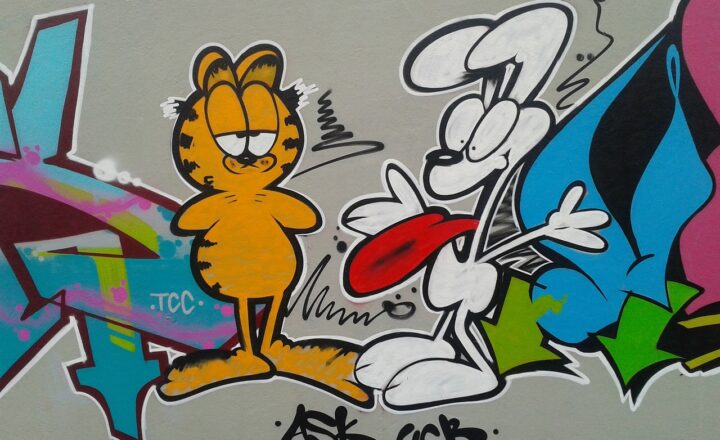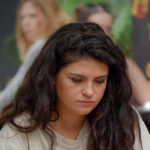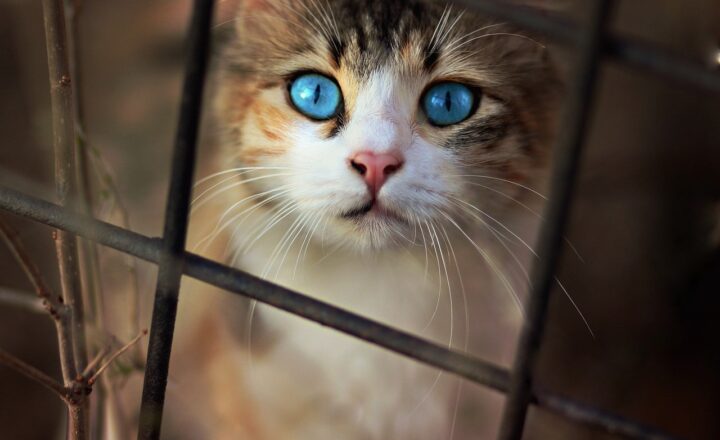The Evolution of Cartoon Characters: A Look at 100 Years of Animation History
November 18, 2024

Animation has transformed spectacularly over the last century, evolving from simple, hand-drawn figures to fully realized three-dimensional characters that resonate with audiences of all ages. Cartoon characters have become cultural icons, reflecting social changes, technological advancements, and trends in entertainment. This article takes a detailed look at the evolution of cartoon characters over the past 100 years, tracing their journey from the silent era to today’s digital age.
1. The Beginnings of Animation (1920s)
In the early 20th century, animation was a nascent art form. The first animated short films were silent, often featuring hand-drawn characters such as Felix the Cat who debuted in 1919. These characters were simple yet captured the imagination of audiences through their quirky behavior and slapstick humor. The significance of these early cartoons lies in their innovative techniques, including stop-motion and rotoscoping, setting the foundation for animated storytelling.
Key Developments:
- Felix the Cat: One of the first animated megastars, who introduced personality in animation.
- Gertie the Dinosaur: Created by Winsor McCay in 1914, it is considered one of the first instances of a character that interacts with the audience.
As the decade progressed, “talkies” emerged, allowing sound to accompany animation, paving the way for more engaging stories.
2. The Golden Age of Animation (1930s-1950s)
The 1930s marked the beginning of animation’s golden age, characterized by the establishment of major studios like Disney and Warner Bros. These studios produced iconic characters with distinct personalities, becoming culturally significant icons.
Key Characters:
- Mickey Mouse: Created in 1928, Mickey became the face of Disney, representing the joy and charm of animation.
- Bugs Bunny: First appearing in 1940, this witty rabbit became a staple of Warner Bros. cartoons, known for his cheeky humor and catchphrase, “What’s up, Doc?”.
- Popeye: With his catchphrase “I yam what I yam,” this spinach-eating sailor debuted in 1929 and showcased unique character traits that appealed to audiences.
The introduction of Technicolor in the late 1930s enhanced visual storytelling, making animations more vibrant and engaging.
3. The Advent of Television (1950s-1970s)
With the rise of television in the 1950s, animated series became a staple of family entertainment. Animated television shows allowed characters to reach a broader audience and established them as household names.
Iconic Series:
- The Flintstones: First aired in 1960, this show marked the first prime-time animated television series, combining humor with family dynamics.
- Scooby-Doo: Premiering in 1969, this series introduced quirky characters and mysteries that captivated young audiences.
- Tom and Jerry: Though it started in theaters in the 1940s, it became a television favorite through reruns, showcasing classic cat-and-mouse antics.
This era also saw the emergence of more complex storytelling and character development, maximizing emotional connections with audiences.
4. The Renaissance Era (1980s-1990s)
The late 20th century is often referred to as the renaissance of animation, revitalizing the industry with a series of successful animated films and series that pushed creative boundaries. Animated features began to emerge from both studios and independent filmmakers.
Key Films:
- The Little Mermaid (1989): Marked the beginning of the Disney Renaissance, introducing a new era of animated musicals and beloved characters.
- The Lion King (1994): A cultural phenomenon that explored themes of identity and leadership, becoming one of the highest-grossing animated films of all time.
- Toy Story (1995): The first-ever fully CGI animated film created by Pixar, revolutionizing the animation industry and introducing memorable characters like Woody and Buzz Lightyear.
This period established animation as a significant player in the film industry, winning accolades and attracting wider audiences.
5. The Digital Revolution (2000s-Present)
In the 21st century, technological advancements in computer-generated imagery (CGI) revolutionized animation, leading to visually stunning films and complex characters.
Notable Trends:
- Franchises and Sequels: Animation studios began focusing on franchises, with sequels and spin-offs becoming commonplace. The success of Frozen (2013) has led to numerous related films and series.
- Diverse Characters: Recent years have seen a push for diversity in animation, with characters reflecting different backgrounds and cultures, such as Moana (2016) and Soul (2020).
- Adult Animation: Shows like South Park and Rick and Morty have found success in the adult animated genre, further diversifying the audience for animated content.
The landscape of animation continues to evolve, with virtual reality experiences and streaming services making animated content more accessible than ever before.
Conclusion
The transformation of cartoon characters over the past 100 years has been extraordinary. From their humble beginnings in silent films to becoming integral parts of blockbuster franchises, characters like Mickey Mouse and Bugs Bunny have cemented their place in cultural history. Today’s cartoon characters resonate on deeper emotional and societal levels, reflecting not only technological advancements but also shifts in audience expectations. As we look to the future, we can only anticipate how new technologies and storytelling methods will further redefine our beloved animated characters in the years to come.








